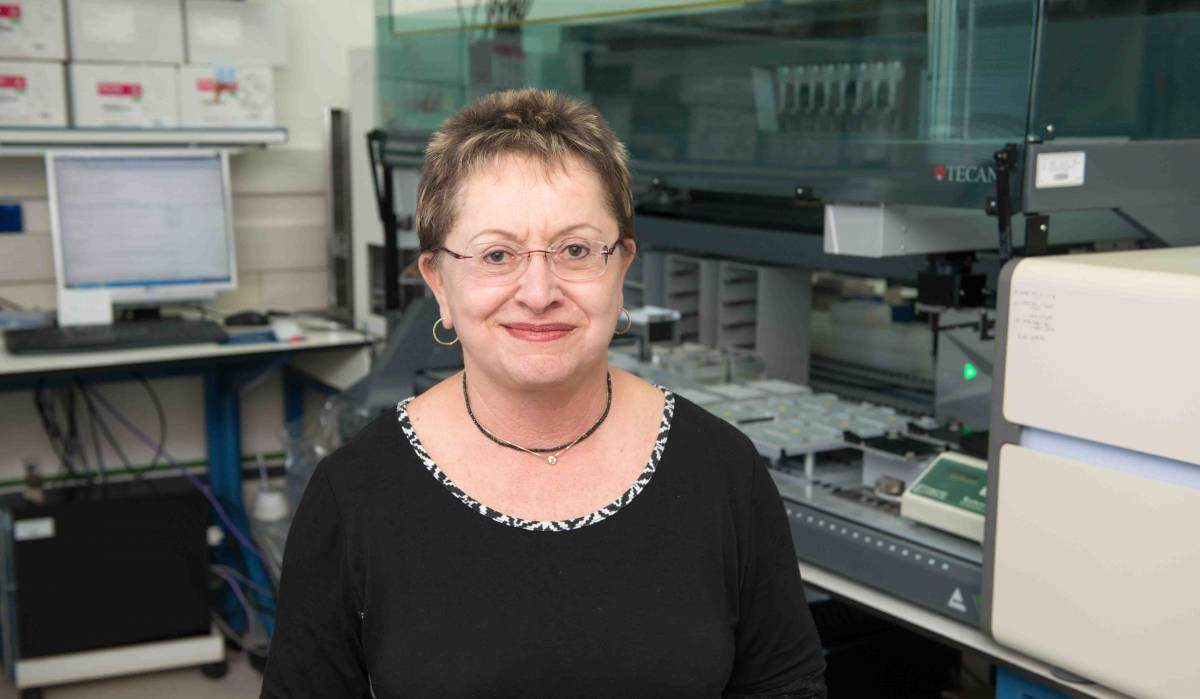Are you a journalist? Please sign up here for our press releases
Subscribe to our monthly newsletter:

Lab work can be a drag. “Sometimes we need to repeat an experiment over and over, or to try many different approaches until we find what works,” says Dr. Rivka Adar. “If I’m working on a project that has possible applications, I try to remind myself of the good things that may come out of it, and this gives me renewed energy to carry on.”
Thus, says Adar, among the projects that have given her the most satisfaction is one that may have some significant implications for treating cancer – especially cancer that comes back. The most common way of treating cancer is chemotherapy, which targets cells that divide rapidly. Such drugs indeed often eradicate the cancer and send it into remission. Why is it that some cancers then recur, and why do they do so after a period of time?
Or, to rephrase the question: What is the origin of the new cancer cells? The research was conducted at the Weizmann Institute of Science, in the lab of Prof. Ehud Shapiro of both the Biomolecular Sciences, and the Computer Science and Applied Mathematics Departments, together with scientists and physicians from Rambam Medical Center and the Technion, including Dr. Liran Shlush, today a senior scientist in the Weizmann Institute’s Immunology Department, and Noa Chapal-Ilani of the Institute. The results, which suggest that at least one type of cancer -- recurring leukemia -- arises from cells with characteristics that differ from those of the original cancer, were published in Blood.
To understand how the cancer develops, the scientists used a method, developed over the course of several years in Shapiro’s lab, for drawing up a “family tree” for cells. Since the genetic material in all cells undergoes mutation at a fairly regular rate, and these mutations are passed on to daughter cells, one can use the accumulated mutations to trace the familial relationships between cells and plot them in a tree. At the end of the process, the tree shows the makeup of the ancestral cells at the base of the tree and of the youngest ones on the top branches.
The new cancer cells were not closely related to those in the first bout of illness
The group then drew up trees based on blood samples taken from leukemia patients at two different times – once right after the first diagnosis of the disease and the second time after the patients had undergone chemotherapy and the cancer had come back. For at least some of the patients, the trees clearly showed that the new cancer cells were not closely related to those in the first bout of illness. Rather, they originated in cells close to the base of the tree. These are cells that rarely divide and are thus relatively immune to the chemotherapy drugs.
The significance of these findings, says Adar, is that in addition to chemotherapy drugs, we need to develop drugs that can eradicate those cells at the base of the tree – the ones that are dividing slowly but can, at some point, set the cancer back in motion.
Adar, a biochemist by training, has been with Shapiro since the beginning, when he was one of the first at the Weizmann Institute of Science to integrate mathematics into biology. She recalls the euphoria in the lab when an experiment in creating biomolecular computers succeeded. These molecule-sized devices – so small that 15,000 trillion could fit into a teaspoon of water – correctly and accurately diagnosed cancer in a test tube and responded by producing an anticancer drug. Participating in this research were Yaakov Benenson, then a student who helped lead the research, now a professor at the Swiss Federal Institute of Technology, and the Weizmann Institute’s Dr. Tamar Paz-Elizur and Prof. Zvi Livneh.